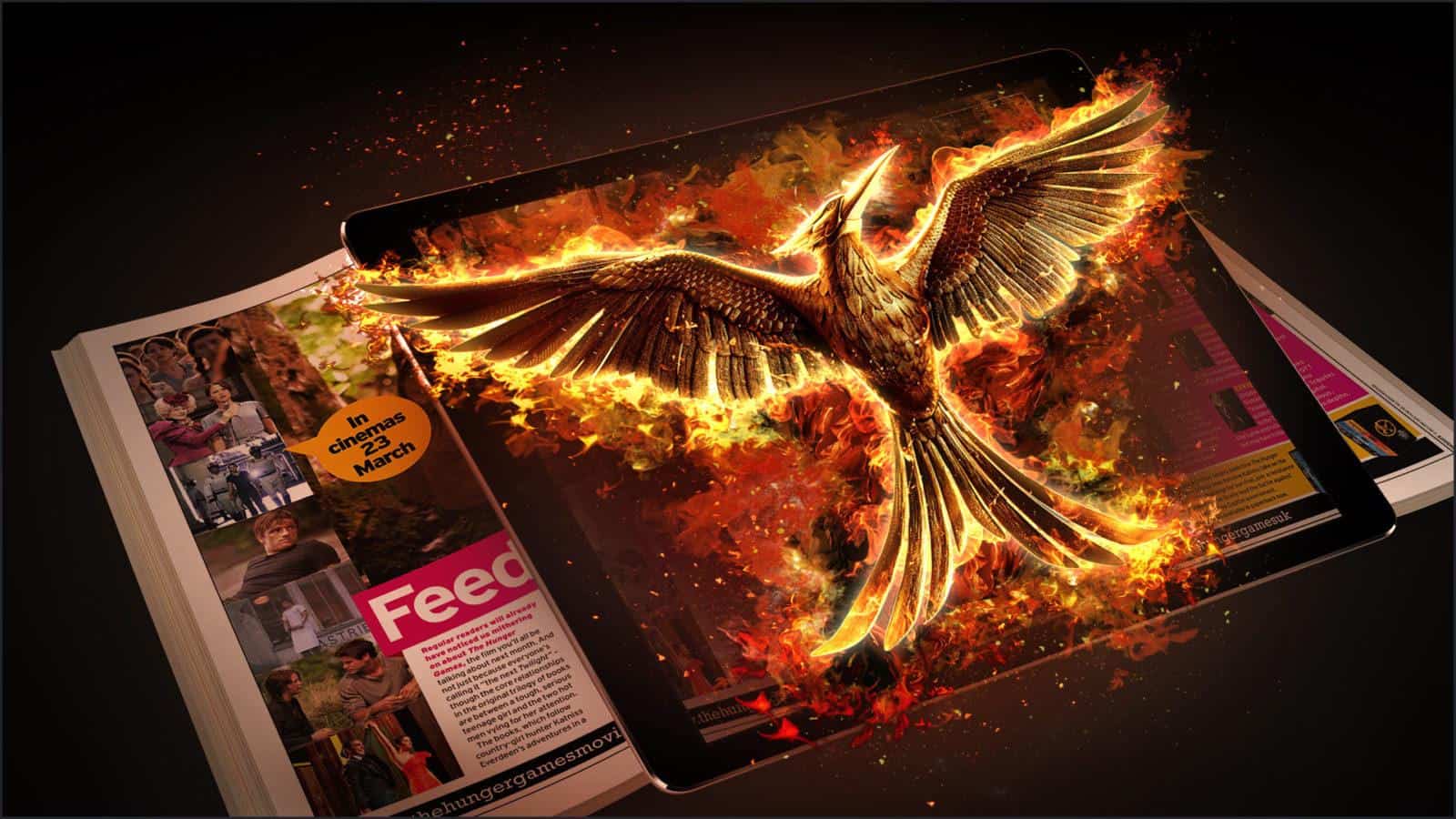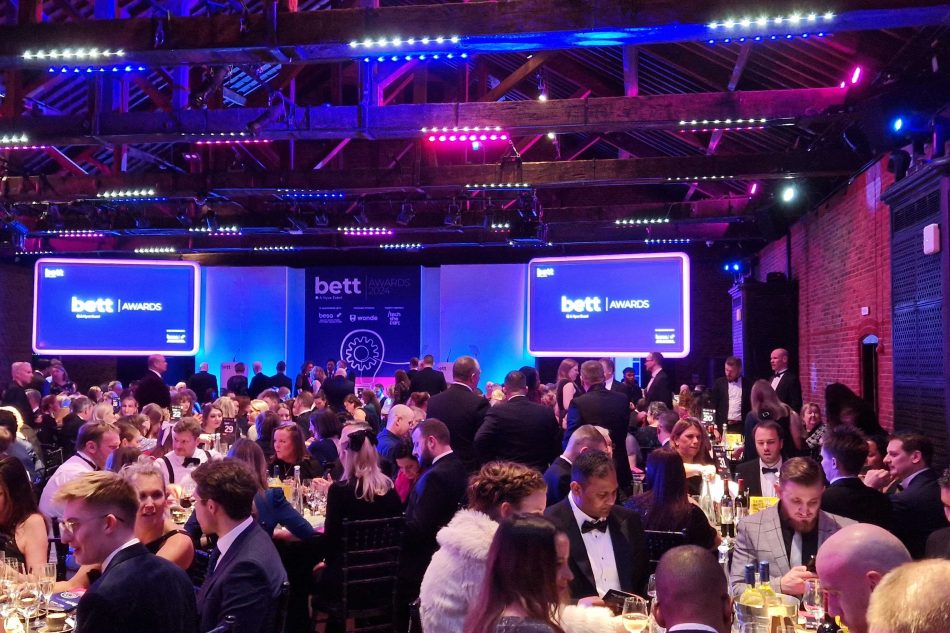
How do you create a gamification marketing strategy? How-to guide & techniques
The term ‘gamification’ is one that has been bandied around in various forms over the last few years. It’s also something that we’ve noticed is cropping up in conversation with our clients on a regular basis as they consider creating their own gamification marketing strategy. So, the two big questions: What exactly is gamification? and How does gamification fit in to your marketing strategy?
The answer to the first question is fairly straightforward and has been covered extensively on sites such as Wikipedia although I like the Oxford English Dictionary description which, incidentally, was shortlisted for their word of the year as far back as 2011:
“The application of typical elements of game playing (e.g. point scoring, competition with others, rules of play) to other areas of activity, typically as an online marketing technique to encourage engagement with a product or service: gamification is exciting because it promises to make the hard stuff in life fun.”
Another succinct definition comes from a forthcoming book – “Gamify – How Gamification Motivates People to Do Extraordinary Things” – to be released by research company Gartner:
“The use of game mechanics and experience design to digitally engage and motivate people to achieve their goals.”
Despite the recent rise in popularity of the word, in real terms, gamification has been embedded into marketing strategies since day 1. Incentives are the driving force behind both marketing and gaming strategies; encouraging us all to better ourselves with the latest products, improve our skills with the most difficult challenge or by simply offering us an escape from reality.
Real world examples of gamification in marketing
At Engine Creative we often use case studies of projects we’ve worked on to highlight how gamification techniques are already embedded into successful marketing strategies. Let’s take the following 3 examples as a starting point:
1. Product marketing and gamification
Our work with Tesco has involved making Halloween an interactive game for kids by using products and related marketing collateral AR triggers to activate various game mechanics. From a simple trick or treat game to a more complex Great Ghost Hunt, Tesco has embraced the idea of making interactive fun an integral part of the shopping experience.
This idea of building an emotional connection through gamification is also echoed in our work on the Big Night In food range. Consumers can unlock a whole feast of family friendly entertainment by scanning the physical product which brings to life the Big Night In family quiz. The game includes scoring, trophies, forfeits and social sharing and builds brand engagement through longer dwell times with the product, encouraging brand loyalty.
2. Content marketing and gamification
Whilst developing the heat mobile strategy, we initially used exclusive content as a way of building user engagement through AR content. The success of this content marketing strategy led to the development of heat’s HUGE quiz which enables users to challenge themselves and their friends on their celebrity knowledge.
Essentially, the quiz is just another channel for delivering heat content to its users. However, the increased amount of time that users are spending in the app since the launch of the quiz highlights the power of gamification; 21.9% of users spend a whopping 10 minutes or more in the app proving that points really do mean prizes for content marketing.
3. Education and gamification
With students often having more advanced technology on their own devices than is available at school, getting them excited about interactive learning can be a difficult proposition.
We created and delivered a unique AR experience for students at Shelfield Community Academy to help them explore the science behind forensic investigations. Using their mobile or tablet devices, students took the role of CSIs to solve an artwork theft in their school. The AR experience was accessed at different levels by students with varying abilities, effectively enabling them to level up as they progressed through the learning activity.
Apps such as BeHere have taken the idea of technology and gamification in education to a more practical level by using iBeacons technology to recognise students and automatically take attendance as they enter a classroom. It doesn’t take much imagination to think how this could be gamified with rewards for punctuality and attendance.
The future of gamification
The really interesting opportunity for our clients is just how far you can take the idea of gamification as a strategy for engaging with different target audiences and building long term brand loyalty. We’re currently working on monitoring tools for clients in the financial sector and have developed skills working with both the Google Glass and Oculus Rift SDKs and APIs. This will enable us to harness more complex gaming processes across a wider range of technology platforms for the benefit of our clients.
Our work with iBeacons technology has also opened up opportunities for turning the real world into a gaming experience like never before. As a creative agency, the fact that gamification is now truly mainstream has led to the development of advanced stand alone games as part of the marketing mix for our clients.
In addition to our work on Tesco Halloween campaigns and in developing the heat mobile strategy, the gaming experience created in our Spider-Man AR experience for Tesco and Disney pushes the limits of the technology to build greater engagement. The game uses cutting-edge AR technology to deliver a completely immersive gaming experience. Live previewing and tracking provides a 3D AR environment which users can navigate around and the strategic element of the game provides a challenge and encourages users to play again and again.
5 things to consider when developing your gamification marketing strategy
So, just to summarise, here’s our top 5 points to consider before integrating gamification techniques into your marketing strategy or internal communications:
1. Incentive
Is there a valid reason for introducing gamification and, if so, a strong incentive to ensure it is a success?
From rewarding users with improved status, access to new content or just free stuff, being clear about how you intend to motivate your audience is a vital gamification technique.
2. Process
Are there existing processes in place that can be adapted and, if not, how will the gamification of your products, services or content be managed?
If you can identify activity that your users are already performing and ‘gamify it’ then you can instantly add value. Alternatively, if you’re trying to convert your users to new behaviour then make sure the gamification process is easy for them to buy into.
3. Context
Is it the right audience on the right platform?
In simple terms, if you want to use gamification as an HR tool, make sure that the technology is accessible to all as a web service and not just as an app. Likewise, as with the iBeacons in education example, if your target audience are already using a particular device then go with the flow and develop a solution around their technology choices.
4. Objective
What do you hope to achieve from the gamification process and is it a short or long term objective?
Using freebies as an incentive is a quick win but being able to give your users improved status amongst their peers or giving them ongoing access to exclusive content has the potential to create brand loyalty in the long term.
5. Scope
How long will this take and how much will this cost?
An obvious question when undertaking any marketing or communications activity. However, if this is something new to your brand or business then scoping out the project properly in the first place will provide your creative and technical partners with a much clearer understanding of your expectations.
Entertain, educate and engage through games
For more information on how to bring your brand and products to life with games and gamification, please call us on 01604 453 177 or drop us an email.


